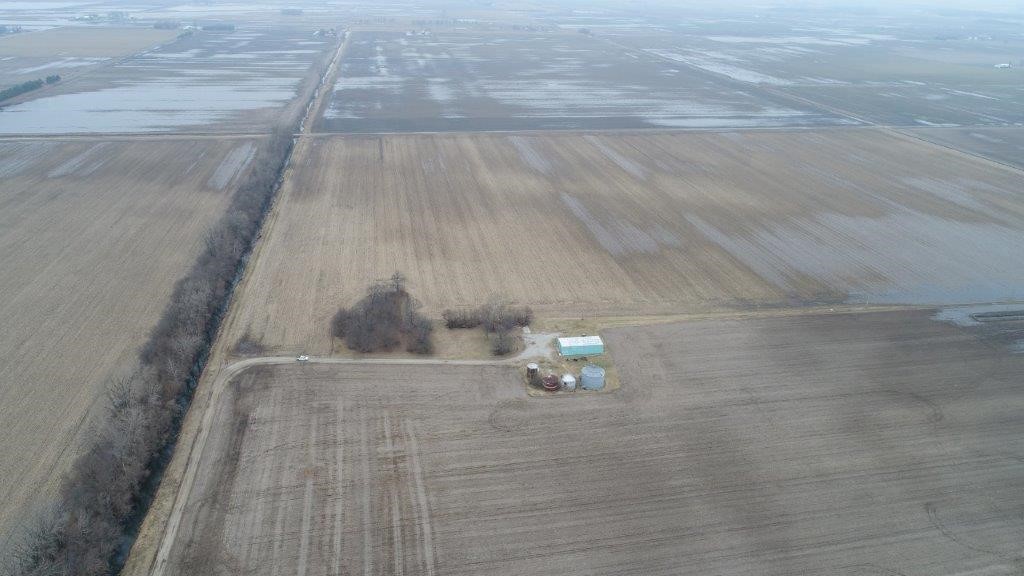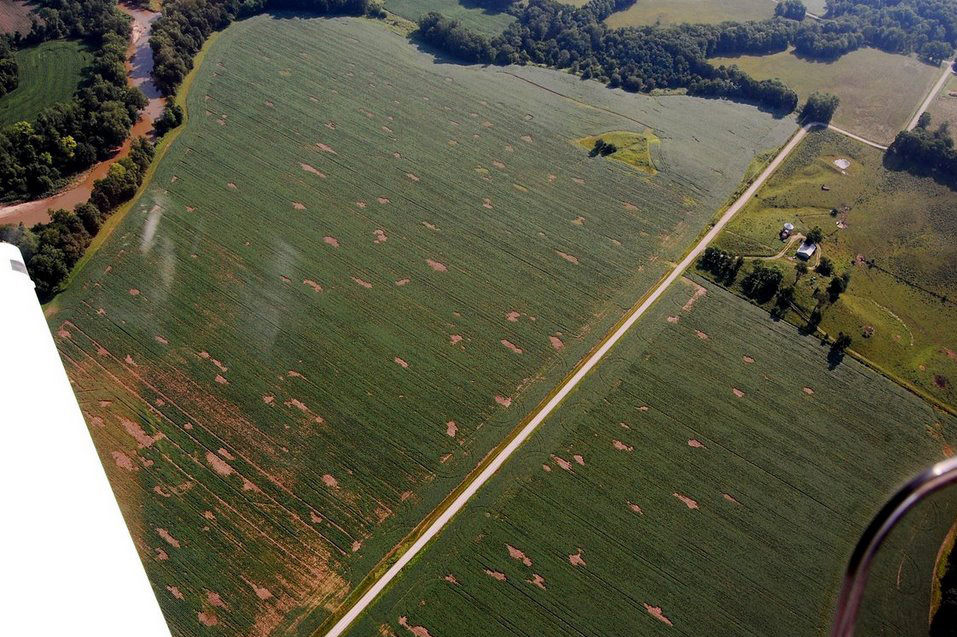
Recent widespread flooding for weeks in northern Indiana has prompted questions and concerns about the potential negative effects on soil biology and other soil properties.

Recent widespread flooding for weeks in northern Indiana has prompted questions and concerns about the potential negative effects on soil biology and other soil properties.

The cost of seed corn is the largest single variable input cost for most Indiana corn growers (Dobbins et al., 2017). Minimizing that cost involves a combination of shrewd purchasing skills and wise selection of seeding rates. This summary focuses on our recent research evaluating the yield response of corn to plant population in field scale trials conducted around the state of Indiana.

The nematology laboratory at Purdue University will be closing at the end of June. The last day we accept samples is the first of June.
Every year, I get a lot of phone calls from folks wanting to know why their neighbor’s fields of corn ended up with such poor uneven lousy-looking stands. Since some seem so ecstatic about this happening to their neighbors, I figured maybe they would like to know how to prepare a crappy stand of corn for themselves next year.

A graduate student at Purdue University is researching attributes of cover-cropped fields and farming practices that are associated with the presence of voles.

The 2018 Popcorn Agri-Chemical Handbook is available to ensure everyone in the popcorn industry is informed about products registered for use on popcorn or in popcorn storage facilities. The handbook lists agri-chemicals registered and regulatory status or special use restrictions.
© 2024 Purdue University | An equal access/equal opportunity university | Copyright Complaints | Maintained by Pest&Crop newsletter
If you have trouble accessing this page because of a disability, please contact Pest&Crop newsletter at luck@purdue.edu.